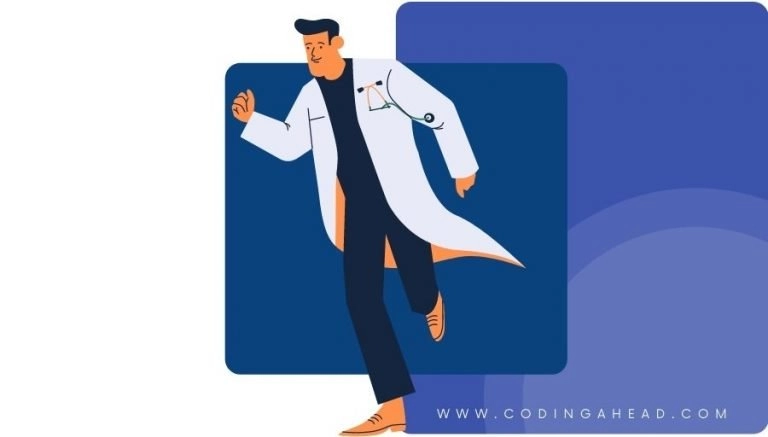How To Use CPT Code 42825
CPT 42825 describes the excision and destruction procedure on the pharynx, specifically for tonsillectomy in patients younger than 12 years old. This article will cover the description, procedure, qualifying circumstances, appropriate usage, documentation requirements, billing guidelines, historical information and billing examples.
1. What is CPT Code 42825?
CPT 42825 is used to describe the excision and destruction procedure performed on the pharynx, specifically for tonsillectomy in patients who are younger than 12 years old. This code is used when the provider performs an initial, recurrent, or secondary tonsillectomy procedure in a patient within this age range.
2. Official Description
The official description of CPT code 42825 is: ‘Tonsillectomy, primary or secondary; younger than age 12.’
3. Procedure
- The patient is administered anesthesia to ensure comfort during the procedure.
- The provider preps and drapes the patient in a sterile fashion.
- A mouth gag is inserted to provide access to the tonsils.
- The provider inspects and grasps the tonsils with a curved clamp, retracting them for better visibility.
- A mucosal incision is made in the medial aspect of the tonsillar pillar using a blade.
- The tonsillar capsules are isolated through sharp and blunt dissection.
- The tonsils are resected off the tonsillar capsules.
- Bleeding is controlled using a snare or electrocautery.
4. Qualifying circumstances
CPT 42825 is applicable when a tonsillectomy procedure is performed on a patient who is younger than 12 years old. It can be an initial, recurrent, or secondary tonsillectomy. The procedure is typically performed by an otolaryngologist or an ENT specialist.
5. When to use CPT code 42825
CPT code 42825 should be used when a tonsillectomy procedure is performed on a patient who is younger than 12 years old. It is important to note that this code is specific to tonsillectomy and should not be used for other procedures or age groups.
6. Documentation requirements
To support a claim for CPT 42825, the provider must document the following information:
- Patient’s age, indicating that they are younger than 12 years old
- Procedure performed, specifying tonsillectomy
- Details of the surgical approach used (e.g., traditional, cryogenic, laser, or electrocautery)
- Any additional procedures performed in conjunction with tonsillectomy
- Any complications or unexpected findings during the procedure
- Post-operative care instructions
- Signature of the performing provider
7. Billing guidelines
When billing for CPT 42825, ensure that the procedure is performed on a patient who is younger than 12 years old. It is important to follow the specific guidelines provided by the payer regarding the use of modifiers or additional codes for combined procedures. It is also crucial to accurately document the details of the procedure to support the claim.
8. Historical information
CPT 42825 was added to the Current Procedural Terminology system on January 1, 1990. There was a code change on January 1, 2007, where the description was modified to specify ‘younger than age 12’ instead of ‘under age 12.’
9. Examples
- A 10-year-old patient undergoes a tonsillectomy procedure to address recurrent tonsillitis.
- A 7-year-old patient requires a secondary tonsillectomy due to persistent obstructive sleep apnea.
- A 9-year-old patient undergoes a tonsillectomy procedure using laser ablation to address chronic tonsillar infections.
- An 11-year-old patient requires a tonsillectomy due to recurrent strep throat infections.
- An 8-year-old patient undergoes a tonsillectomy procedure using cryosurgery to address enlarged tonsils causing breathing difficulties.
- A 6-year-old patient requires a secondary tonsillectomy due to the presence of a peritonsillar abscess.
- A 10-year-old patient undergoes a tonsillectomy procedure to address chronic tonsillar hypertrophy.
- A 7-year-old patient requires a tonsillectomy due to recurrent episodes of tonsillar cellulitis.
- A 9-year-old patient undergoes a tonsillectomy procedure using electrocautery to address recurrent tonsillar stones.
- An 11-year-old patient requires a secondary tonsillectomy due to persistent tonsillar asymmetry.


